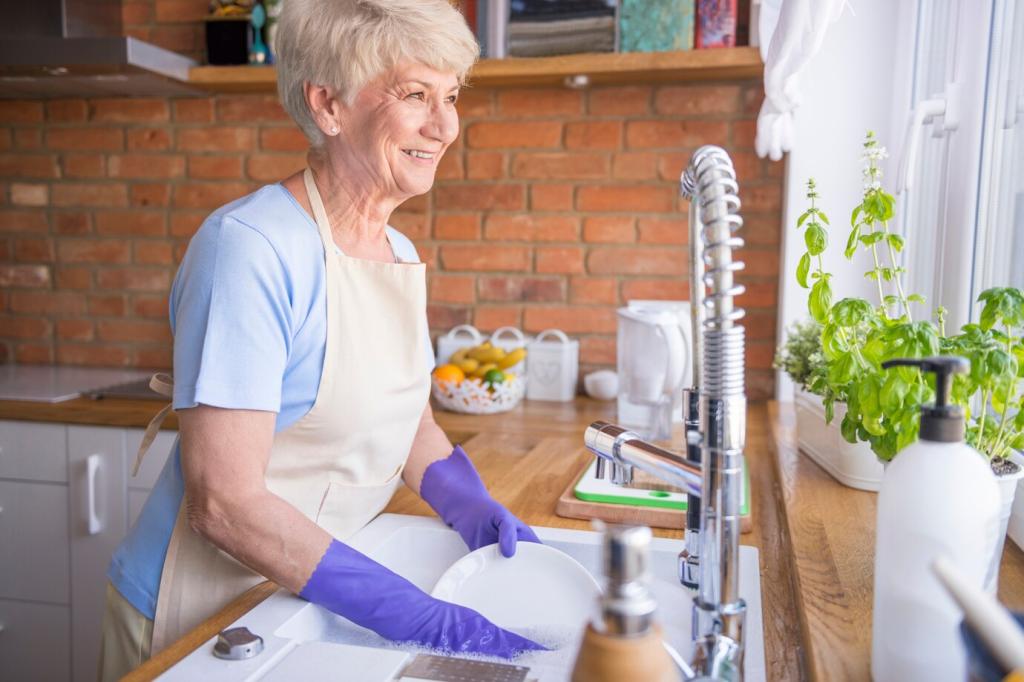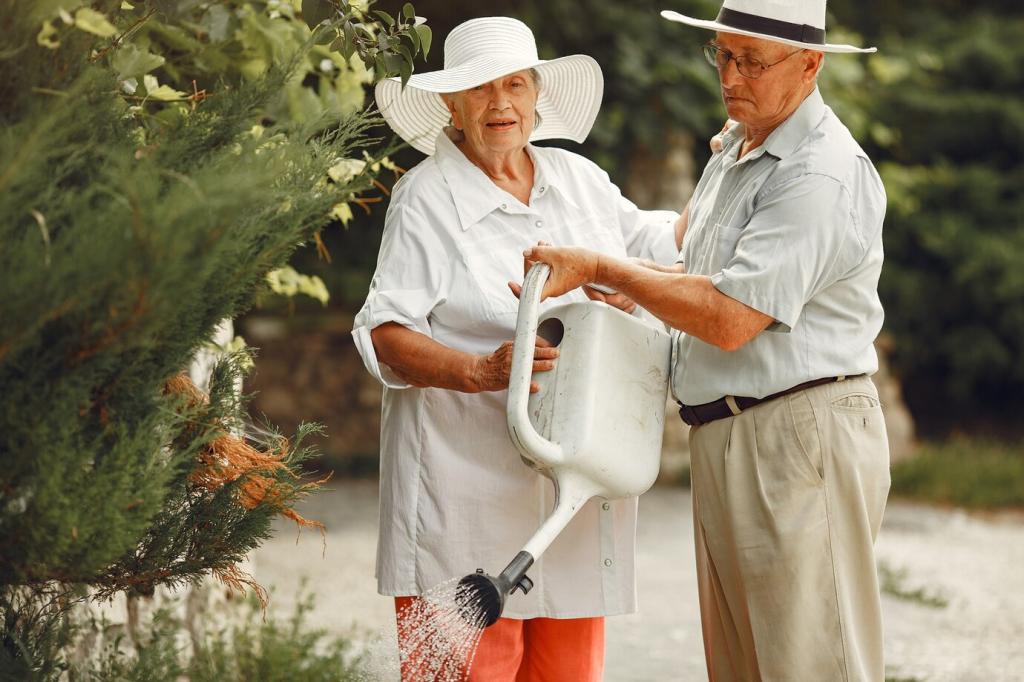Cleaning Myths You Should Stop Believing
Many all-purpose sprays contain solvents or silicones that create haze and attract dust on wood finishes. Instead, dust with a dry microfiber cloth and clean with a pH-neutral wood cleaner. Always follow the finish, not the species: clean the protective layer gently, avoid saturation, and buff to restore clarity and sheen.
Cleaning Myths You Should Stop Believing
Acidic cleaners can etch stone and dull varnishes or lacquer. Use vinegar sparingly and never on sealed surfaces without testing. For stubborn spots, try a diluted, finish-safe cleaner first. As a rule, mock up a test on an inconspicuous area and wait a full day to inspect the result before proceeding widely.
Cleaning Myths You Should Stop Believing
Microfiber is powerful, but heavy pressure can grind grit into surfaces. Lightly mist the cloth, never the furniture, and wipe with the grain. Turn the cloth often to avoid redepositing soil. This mindful method prevents swirl marks on lacquer and maintains a smooth, uniform sheen across tabletops and cabinet doors.







